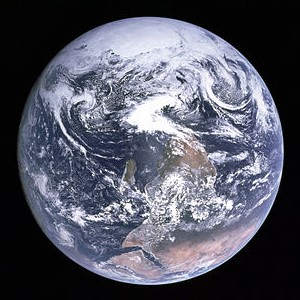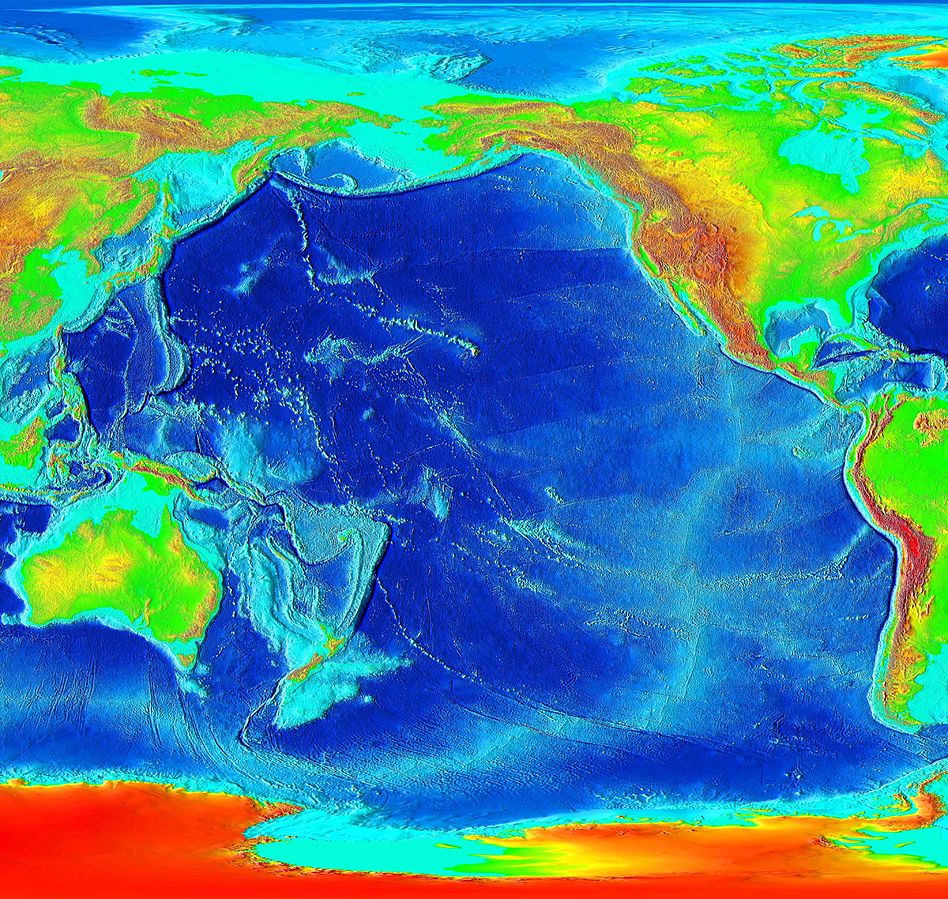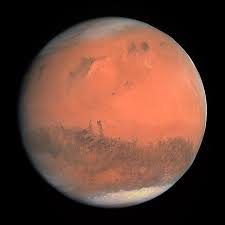 There are good reasons to think that Earth has turned over on various occasions. But who can be surprised that this perception—so removed from everyday experience—seems less than instantaneously persuasive?
There are good reasons to think that Earth has turned over on various occasions. But who can be surprised that this perception—so removed from everyday experience—seems less than instantaneously persuasive?
The good reasons include telling evidence in narrative testimony and correctly interpreted myths of the ancients, embedded patterns in ancient cultures that give evidence of inversions, and the insights and arguments of two formidable researchers. Now we can: add new reasons that strengthen the case; specify the approximate dates of four inversions; extend the theory to the five great mass extinctions of prehistory; comprehend that Earth is actually prone to inversion; and point to where to find more evidence. Understanding inversions helps us correct errors in interpreting past planetary and Earth science while providing clues relevant to climate change.
Tags: Ancient China, Archer Yi, Bronze Age catastrophes, Earth, geomagnetism, inversion of Earth, magnetic reversals, Mars, mass extinctions, Pacific Basin, terrestrial, tippe top, Velikovsky, venus, Warlow
 Once a leading theory of the origin of the Earth-Moon system, the Capture Theory is simple and intuitively plausible. The numerous instances of moons with retrograde orbits show that capture is fairly common. The lunar orbit’s three moments of inertia are consistent with a past very eccentric orbit, suggestive of capture. However, the Moon would have to come from a different part of the solar system to account for its very depleted iron compared to the Earth’s iron, which means that it would approach the Earth at a high velocity that would prevent capture. Researchers have searched in vain for a braking mechanism that would slow it down so it could be captured. Still, the accumulated evidence and arguments make the Capture Theory a viable one.
Once a leading theory of the origin of the Earth-Moon system, the Capture Theory is simple and intuitively plausible. The numerous instances of moons with retrograde orbits show that capture is fairly common. The lunar orbit’s three moments of inertia are consistent with a past very eccentric orbit, suggestive of capture. However, the Moon would have to come from a different part of the solar system to account for its very depleted iron compared to the Earth’s iron, which means that it would approach the Earth at a high velocity that would prevent capture. Researchers have searched in vain for a braking mechanism that would slow it down so it could be captured. Still, the accumulated evidence and arguments make the Capture Theory a viable one.
But
Tags: Capture theory, Earth, earth science, Earth-Moon system, Giant Impact, Jupiter, Mars, Mercury, moon, origin of Earth, origin of Mars, origin of the Moon, Outer Solar System Origin of the Terrestrial Planets, oxygen isotope ratios, planetary science

There are good reasons to think that Earth and Mars originally formed a single planet outside the orbit of Jupiter. Early in Solar System history, Jupiter’s powerful gravitational field pulled this planet past the gas giant. As the planet neared Jupiter, tidal friction heated it to the melting point, and Jupiter tore Mars away from Earth, leaving the Pacific Basin and an array of evidence on both planets. Earth and Mars then sped off into the inner solar system.
originally formed a single planet outside the orbit of Jupiter. Early in Solar System history, Jupiter’s powerful gravitational field pulled this planet past the gas giant. As the planet neared Jupiter, tidal friction heated it to the melting point, and Jupiter tore Mars away from Earth, leaving the Pacific Basin and an array of evidence on both planets. Earth and Mars then sped off into the inner solar system.
How Do We Know This?
Tags: Earth, earth science, geomagnetism, Hawaiian Islands, hotspots, Mars, moon, Pacific, planetary science, plate tectonics, plumes, seismography, volcanism
 There are good reasons to think that Earth has turned over on various occasions. But who can be surprised that this perception—so removed from everyday experience—seems less than instantaneously persuasive?
There are good reasons to think that Earth has turned over on various occasions. But who can be surprised that this perception—so removed from everyday experience—seems less than instantaneously persuasive?
 Once a leading theory of the origin of the Earth-Moon system, the Capture Theory is simple and intuitively plausible. The numerous instances of moons with retrograde orbits show that capture is fairly common. The lunar orbit’s three moments of inertia are consistent with a past very eccentric orbit, suggestive of capture
Once a leading theory of the origin of the Earth-Moon system, the Capture Theory is simple and intuitively plausible. The numerous instances of moons with retrograde orbits show that capture is fairly common. The lunar orbit’s three moments of inertia are consistent with a past very eccentric orbit, suggestive of capture
 originally formed a single planet outside the orbit of Jupiter. Early in Solar System history, Jupiter’s powerful gravitational field pulled this planet past the gas giant. As the planet neared Jupiter, tidal friction heated it to the melting point, and Jupiter tore Mars away from Earth, leaving the Pacific Basin and an array of evidence on both planets. Earth and Mars then sped off into the inner solar system.
originally formed a single planet outside the orbit of Jupiter. Early in Solar System history, Jupiter’s powerful gravitational field pulled this planet past the gas giant. As the planet neared Jupiter, tidal friction heated it to the melting point, and Jupiter tore Mars away from Earth, leaving the Pacific Basin and an array of evidence on both planets. Earth and Mars then sped off into the inner solar system.